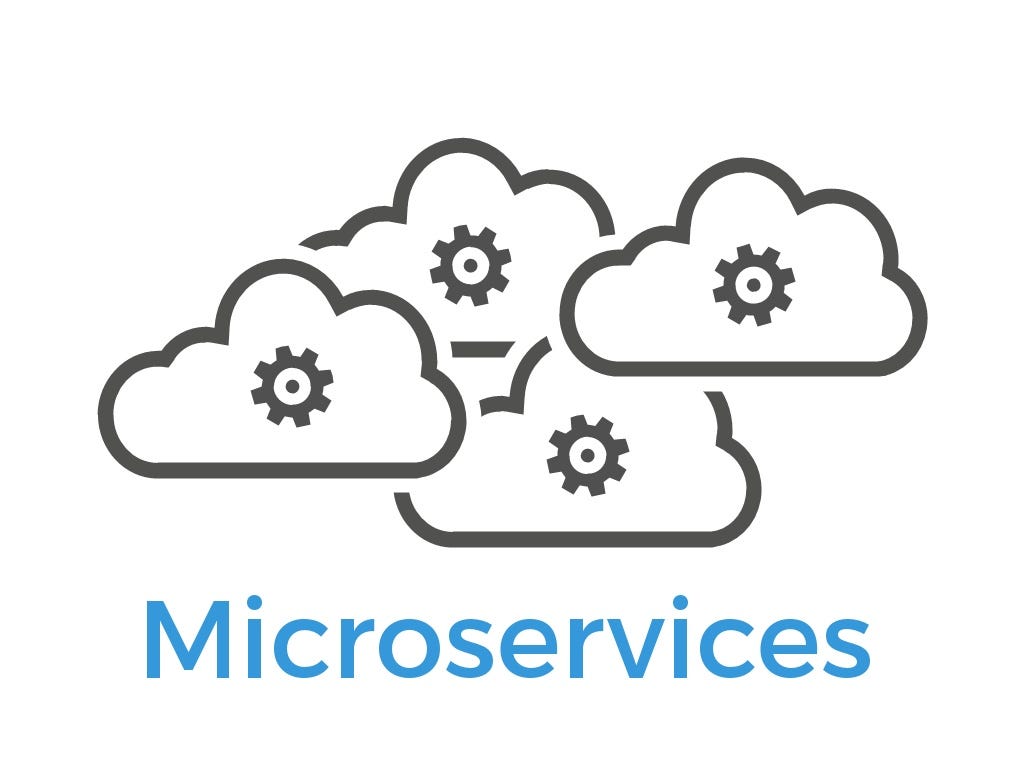Microservices have become a hot topic in the software engineering world. They offer a way of structuring applications in a loosely coupled manner, allowing for greater responsiveness and scalability. In this article, we will demystify microservices architecture through an example using PHP and Docker. We will explore the different elements of a microservices architecture, discuss the advantages and disadvantages of building a microservices application, and we will present the code needed for setting up a basic microservice project using the popular PHP framework Lumen. By the end of this article, you should have all the information necessary to start building a microservice application.
What are Microservices?
At a high level, microservices are an architectural style for building applications. They are characterized by their small, well-defined boundaries and their ability to be deployed independently. Unlike traditional monolithic applications, microservices are broken down into separate components that manage different pieces of an application’s functionality. This separation allows for greater scalability, since the components can be deployed as needed to meet user demand. Additionally, since each component operates independently, updates to one component don’t impact the rest of the application.
Advantages of Microservices
The first major advantage of microservices is their ability to scale. Since each component is independent, it can be easily and quickly deployed as necessary to meet customer needs. This means that any spike in demand can be addressed easily, without impacting the overall application. Additionally, components can be optimized or upgraded independently, reducing the need for unnecessary code changes or redeployments.
Another advantage of microservices is their ease of integration. Since each component is independently deployed, they can be integrated with other systems and technologies more quickly and easily. This simplifies development and maintenance of the overall application. Finally, microservices also offer greater stability since changes to one component don’t affect the stability of any of the other components.
Disadvantages of Microservices
As with any technology, there are some potential drawbacks to microservices as well. One issue is the complexity that is introduced by having multiple components. Managing multiple components can be difficult, since it requires an understanding of how each interacts with the other components. Additionally, debugging errors can be complicated, since errors may be located in any of the individual components.
Another issue is the amount of time it takes to set up and configure a microservices application. Depending on the complexity of the application, it may take significant time and effort to configure and deploy each component. Finally, microservices also require a minimum of effort to keep them secure. This means ensuring that all of the components are properly configured and updated with the latest security patches.
Getting Started with PHP and Docker
Now that we understand the concept of microservices, let’s create a basic example using PHP and Docker. The first step is to create the Dockerfile. This is a text file where we will specify the instructions for building the microservice image. For our example, we will be using the popular PHP framework Lumen. Let’s start by putting the following code in a new file named “Dockerfile”:
FROM php:7.4-apache
COPY . /var/www/html/
RUN apt-get update \
&& apt-get install -y git unzip \
&& curl -s http://getcomposer.org/installer | php \
&& php composer.phar install \
&& mv .env.example .env \
&& mv server.conf /etc/apache2/sites-enabled/000-default.confThis code tells Docker to use the PHP 7.4-apache image as a base for our microservice. It then specifies that we should copy any files that are in the working directory of our project to the web server’s directory. Finally, it tells Docker to install any necessary packages via apt-get, including Composer, and to configure the necessary Apache configuration file.
Once the Dockerfile is created, we can now build the microservice image. To do this, we run the following command in the project directory:
docker build -t my-microservice-image .This will build the microservice image, tagged with the name “my-microservice-image”. Now that we have the image built, we can run the microservice using the following command:
docker run -d -p 80:80 --name my-microservice my-microservice-imageThis command starts the container in a detached mode, which means it runs in the background. It also specifies that the container should listen on port 80.
If everything was done correctly, you should now have a working microservice! You can check the status of the container with the following command:
docker inspect my-microserviceMicroservices offer an exciting way of structuring applications that gives developers the flexibility and scalability that they crave. In this article, we explored the different elements of a microservices architecture and discussed the advantages and disadvantages of building with microservices. We then built a basic example with PHP and Docker. By the end, you should have all the information necessary to start building your own microservice application.

